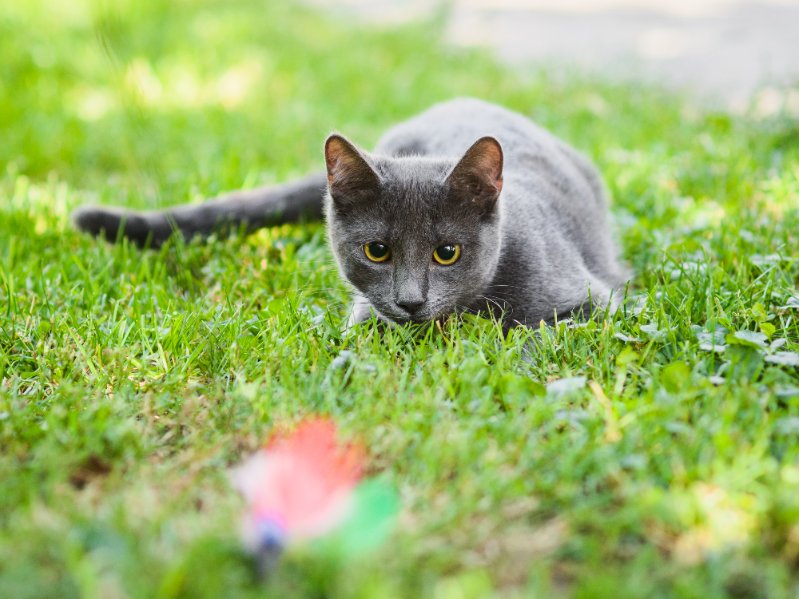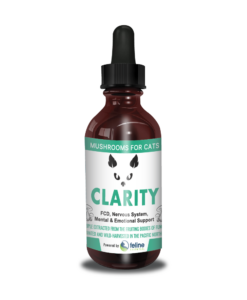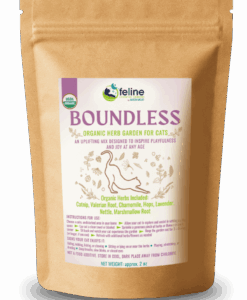Understanding a cat’s prey sequence – and why it’s important – is especially valuable for your cat. And you.
Cats are prolific predators. But cats are also prey animals. This unique position in the food chain creates some very unique instincts – making a cat’s ability to hunt is important to their overall well-being. You may think this isn’t something an indoor cat needs to practice, but that’s where we were so wrong.
A few short years ago, we had no idea what a cat’s prey sequence was – much less why it was important knowledge to know. We were going through a challenging time with our Pooh Bear… peeing and pooping outside the box, fighting with our other cats, isolating. It was hard to see him so uncomfortable in our home.
We consulted with Dr. Marci Koski with Feline Behavior Solutions. She asked how often we played with him. Never, we said. We had tried (repeatedly) – but he wanted noting to do with ‘play’.
“He’s lying to you,” said Dr. Koski. “All cats need and want to exercise their feline instincts through play.”
This is how we learned about a cat’s prey sequence and Confidence Building Sessions (which cured our Pooh Bear of his ‘issues’). Dr. Koski recommends a wand toy (with a low profile stick and string so a cat can focus only on the ‘prey’ lure) for this exercise – so we got Da Bird, and all our babies love it! We use it to bring our cats through the entire prey sequence.
SO. What is a cat’s prey sequence?
- Staring. This might be my favorite. This is the part of the ‘hunt’ where kitties sit very, very still and just watch. Sometimes we’ll get to witness their precious chirps and chatters. Just staring at prey (most usually bird watching in our house) engages their inner hunter.
- Stalking and Chasing. This is when our cats truly believe they are invisible. They move in very intentional and sneaky ways. The object of their stalking has NO idea a small apex predator is closing in. Pure stealth is employed at this point in the prey sequence.
- Pouncing and Grabbing. The gig is up for a cat’s prey at this point. They are fully engaged and ready to lock in their next meal. They have evaluated their prey, know all their potential maneuvers and are ready for a head to head battle.
- The Kill Bite. We’ve all seen it. Our cats catch the object of their hunt and nothing can pry it from their jaws. A growl and/or all-claw paw swipe will usually accompany any attempt to take their ‘prey’ from them.
But guess what? It’s not over. Once a cat has exercised their feline instincts and performed the kill bite, it’s time to complete the hunt. Follow up this engaged ‘play’ with a real-world treat or meal. Not only is this exercise truly enriching for cats (perhaps especially indoor cats), it can help mitigate any number of behavior issues – as we learned with our sweet Pooh Bear!





Recent Comments